Research Progress on the Application of Electronic Bronchoscopy Based on Next-Generation Sequencing (NGS) Technology
DOI: 10.23977/tranc.2024.050113 | Downloads: 21 | Views: 1062
Author(s)
Yiting Wang 1
Affiliation(s)
1 Department of Respiratory and Critical Care Medicine, The Second People's Hospital of Baoshan, Baoshan, Yunnan, 678000, China
Corresponding Author
Yiting WangABSTRACT
This comprehensive article explores the integration of Next Generation Sequencing (NGS) with bronchoscopic techniques to enhance the diagnosis and management of pulmonary diseases. NGS provides detailed genetic insights into various conditions, such as lung cancer and pulmonary fibrosis, enabling the identification of genetic mutations, pathogen detection, and the development of personalized treatment strategies. The technology's ability to process and analyze large volumes of genetic data rapidly has transformed pulmonary oncology by facilitating the early detection of tumors, precise molecular profiling, and targeted therapy selection. Additionally, NGS aids in diagnosing infectious diseases and non-neoplastic conditions like sarcoidosis by identifying causative pathogens and genetic predispositions. Despite the promising applications, challenges such as high costs, complex data interpretation, and technical demands limit wider adoption. However, ongoing advancements are expected to lower these barriers, making NGS a cornerstone in future pulmonary medicine, significantly advancing precision medicine and improving patient outcomes.
KEYWORDS
Bronchoscopy; Next Generation Sequencing (NGS); Pulmonary Diseases; Personalized MedicineCITE THIS PAPER
Yiting Wang, Research Progress on the Application of Electronic Bronchoscopy Based on Next-Generation Sequencing (NGS) Technology. Transactions on Cancer (2024) Vol. 5: 95-103. DOI: http://dx.doi.org/10.23977/tranc.2024.050113.
REFERENCES
[1] Zhong Y, Xu F, Wu J, Schubert J, Li M. Application of Next Generation Sequencing in Laboratory Medicine[J]. Annals of Laboratory Medicine, 2021, 41(1):25-43.
[2] Akkari Y, Smith T, Westfall J, Lupo S. Implementation of cancer next-generation sequencing testing in a community hospital[J]. Cold Spring Harbor Molecular Case Studies, 2019, 5.
[3] Teixeira M, Oliveira J, Borralho P, Fernandes M, Almodovar T, Fernandes I, et al. Portuguese Consensus Recommendations for Next-Generation Sequencing of Lung Cancer, Rare Tumors, and Cancers of Unknown Primary Origin in Clinical Practice[J]. Acta medica portuguesa, 2022.677-690.
[4] Wensel C, Pluznick J, Salzberg S, Sears C. Next-generation sequencing: insights to advance clinical investigations of the microbiome[J]. The Journal of Clinical Investigation, 2022, 132.
[5] Hicks J, Howard R, Reisman P, Adashek J, Fields K, Gray J, et al. Integrating Somatic and Germline Next-Generation Sequencing Into Routine Clinical Oncology Practice[J]. JCO Precision Oncology, 2021, 5:884-895.
[6] Satam H, Joshi K, Mangrolia U, Waghoo S, Zaidi G, Rawool S, et al. Next-Generation Sequencing Technology: Current Trends and Advancements[J]. Biology, 2023, 12(7).997
[7] Kumar K, Cowley M, Davis R. Next-Generation Sequencing and Emerging Technologies[J]. Seminars in Thrombosis and Hemostasis, 2019, 45:661-673.
[8] Mosele F, Remon J, Mateo J, et al. Recommendations for the use of next-generation sequencing (NGS) for patients with metastatic cancers: a report from the ESMO Precision Medicine Working Group[J]. Annals of Oncology, 2020, 31(11): 1491-1505.
[9] Zhong Y, Xu F, Wu J, Schubert J, Li M. Application of Next Generation Sequencing in Laboratory Medicine[J]. Annals of Laboratory Medicine, 2021, 41(1):25-43.
[10] Colomer R, Mondejar R, Romero-Laorden N, et al. When should we order a next generation sequencing test in a patient with cancer?[J]. EClinicalMedicine, 2020, 25.
[11] Kunimasa K, Matsumoto S, Nishino K, et al. Improvement strategies for successful next-generation sequencing analysis of lung cancer[J]. Future Oncology, 2020, 16(22): 1597-1608.
[12] Christofyllakis K, Bittenbring J T, Thurner L, et al. Cost effectiveness of precision cancer medicine current challenges in the use of next generation sequencing for comprehensive tumour genomic profiling and the role of clinical utility frameworks[J]. Molecular and Clinical Oncology, 2022, 16(1): 1-4.
[13] Jin Y, Weng Y, Xu Z, Peng M. Research progress on targeted treatment in ROS1-positive non-small cell lung cancer[J]. Journal of International Oncology, 2020, 46:745-749.
[14] Reck M, Carbone D, Garassino M, Barlesi F. Targeting KRAS in non-small cell lung cancer: recent progress and new approaches[J]. Annals of Oncology, 2021, 32:741-751.
[15] Remon J, Pignataro D, Novello S, Passiglia F. Current treatment and future challenges in ROS1- and ALK-rearranged advanced non-small cell lung cancer [J]. Cancer Treatment Reviews, 2021, 95:102178.
[16] Li W, Liu Y, Li W, et al. Intergenic breakpoints identified by DNA sequencing confound targetable kinase fusion detection in NSCLC[J]. Journal of Thoracic Oncology, 2020, 15(7): 1223-1231.
[17] De Luca C, Pepe F, Iaccarino A, et al. RNA-based assay for next-generation sequencing of clinically relevant gene fusions in non-small cell lung cancer[J]. Cancers, 2021, 13(1): 139.
[18] Uhrig S, Ellermann J, Walther T, et al. Accurate and efficient detection of gene fusions from RNA sequencing data[J]. Genome research, 2021, 31(3): 448-460.
[19] Cohen D, Hondelink L M, Solleveld-Westerink N, et al. Optimizing mutation and fusion detection in NSCLC by sequential DNA and RNA sequencing[J]. Journal of Thoracic Oncology, 2020, 15(6): 1000-1014.
[20] Chen Y, Feng W, Ye K, et al. Application of metagenomic next-generation sequencing in the diagnosis of pulmonary infectious pathogens from bronchoalveolar lavage samples[J]. Frontiers in cellular and infection microbiology, 2021, 11: 541092.
[21] Huang J, Jiang E, Yang D, et al. Metagenomic next-generation sequencing versus traditional pathogen detection in the diagnosis of peripheral pulmonary infectious lesions[J]. Infection and drug resistance, 2020: 567-576.
[22] Wei P, Wu L, Li Y, et al. Metagenomic next-generation sequencing for the detection of pathogenic microorganisms in patients with pulmonary infection[J]. American Journal of Translational Research, 2022, 14(9): 6382.
[23] Shao J, Hassouna A, Wang Y, et al. Next-generation sequencing as an advanced supplementary tool for the diagnosis of pathogens in lower respiratory tract infections: An observational trial in Xi'an, China[J]. Biomedical Reports, 2022, 16(2): 1-9.
[24] Yang A, Chen C, Hu Y, et al. Application of metagenomic next-generation sequencing (mNGS) using bronchoalveolar lavage fluid (BALF) in diagnosing pneumonia of children[J]. Microbiology Spectrum, 2022, 10(5): 1-11.
[25] Knyazev S, Hughes L, Skums P, et al. Epidemiological data analysis of viral quasispecies in the next-generation sequencing era[J]. Briefings in bioinformatics, 2021, 22(1): 96-108.
[26] Florensa A F, Kaas R S, Clausen P T L C, et al. ResFinder–an open online resource for identification of antimicrobial resistance genes in next-generation sequencing data and prediction of phenotypes from genotypes[J]. Microbial Genomics, 2022, 8(1): 000748.
[27] Ternus K L, Keplinger N C, Kappell A D, et al. Detection of ESKAPE pathogens and Clostridioides difficile in Simulated Skin Transmission Events with Metagenomic and Metatranscriptomic Sequencing[J]. bioRxiv, 2021: 2021.03. 04.433847.
[28] Ferreira I, Lepuschitz S, Beisken S, et al. Culture-free detection of antibiotic resistance markers from native patient samples by hybridization capture sequencing [J]. Microorganisms, 2021, 9(8): 1672.
[29] Ahmad A, Hettiarachchi R, Khezri A, et al. Highly sensitive quantitative phase microscopy and deep learning aided with whole genome sequencing for rapid detection of infection and antimicrobial resistance[J]. Frontiers in Microbiology, 2023, 14: 1154620.
[30] Zhou L, Lopez Rodas A, Llangarí L M, et al. Single gene targeted nanopore sequencing enables simultaneous identification and antimicrobial resistance detection of sexually transmitted infections[J]. Plos one, 2022, 17(1): e0262242.
[31] Gali K V, St. Jacques R M, Daniels C I D, et al. Surveillance of carbapenem-resistant organisms using next-generation sequencing[J]. Frontiers in Public Health, 2023, 11: 1184045.
[32] Karman J, Wang J, Bodea C, et al. Lung gene expression and single cell analyses reveal two subsets of idiopathic pulmonary fibrosis (IPF) patients associated with different pathogenic mechanisms[J]. PLoS One, 2021, 16(3): e0248889.
[33] Wang C, You Z, Fu J, et al. Application of metagenomic next-generation sequencing in the diagnosis of pulmonary invasive fungal disease[J]. Frontiers in Cellular and Infection Microbiology, 2022, 12: 949505.
[34] Françoise A, Héry-Arnaud G. The microbiome in cystic fibrosis pulmonary disease[J]. Genes, 2020, 11(5): 536.
[35] Samarelli A V, Masciale V, Aramini B, et al. Molecular mechanisms and cellular contribution from lung fibrosis to lung cancer development[J]. International journal of molecular sciences, 2021, 22(22): 12179.
[36] Tiew P Y, Meldrum O W, Chotirmall S H. Applying next-generation sequencing and multi-omics in chronic obstructive pulmonary disease[J]. International journal of molecular sciences, 2023, 24(3): 2955.
[37] Vanderpoel J, Stevens A L, Emond B, et al. Total cost of testing for genomic alterations associated with next-generation sequencing versus polymerase chain reaction testing strategies among patients with metastatic non-small cell lung cancer [J]. Journal of Medical Economics, 2022, 25(1): 457-468.
| Downloads: | 1213 |
|---|---|
| Visits: | 93732 |
Sponsors, Associates, and Links
-
MEDS Clinical Medicine
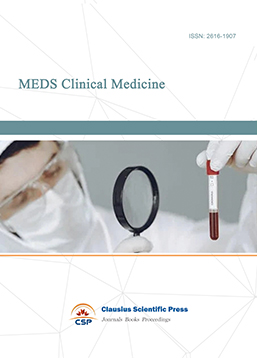
-
Journal of Neurobiology and Genetics
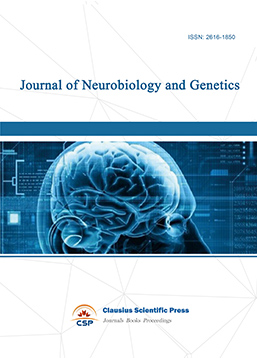
-
Medical Imaging and Nuclear Medicine
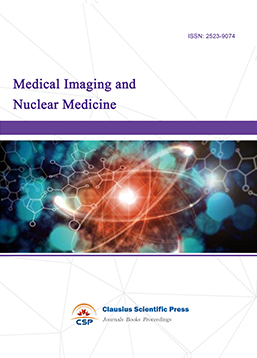
-
Bacterial Genetics and Ecology
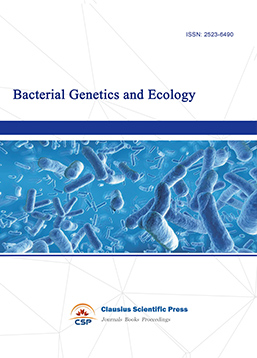
-
Journal of Biophysics and Ecology
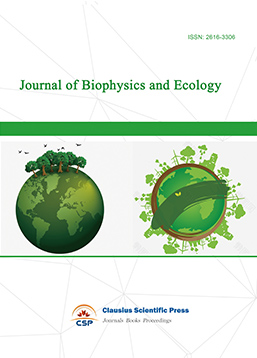
-
Journal of Animal Science and Veterinary
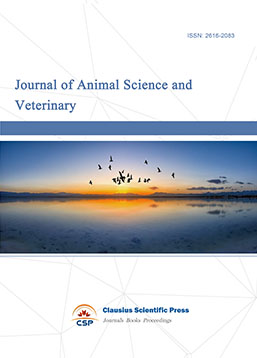
-
Academic Journal of Biochemistry and Molecular Biology
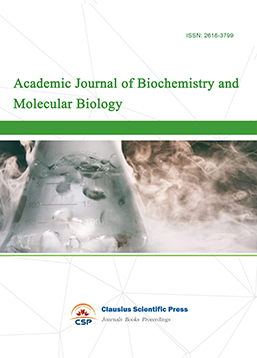
-
Transactions on Cell and Developmental Biology
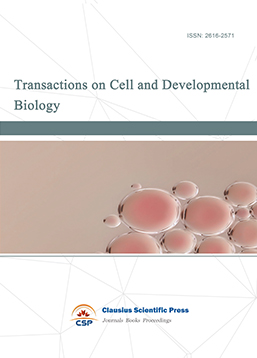
-
Rehabilitation Engineering & Assistive Technology
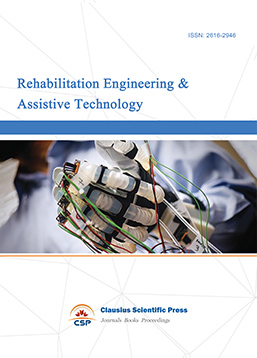
-
Orthopaedics and Sports Medicine
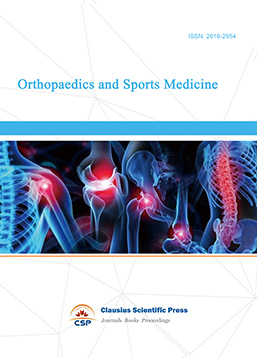
-
Hematology and Stem Cell
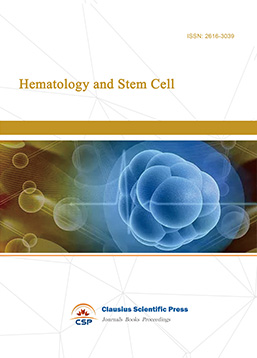
-
Journal of Intelligent Informatics and Biomedical Engineering
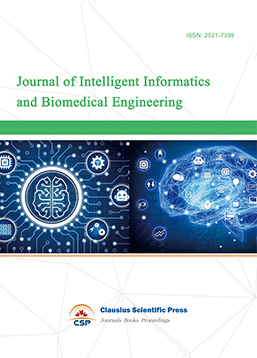
-
MEDS Basic Medicine
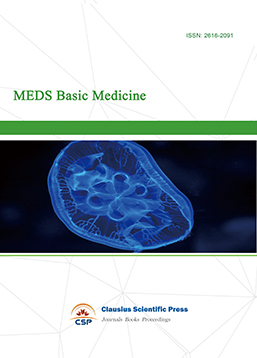
-
MEDS Stomatology
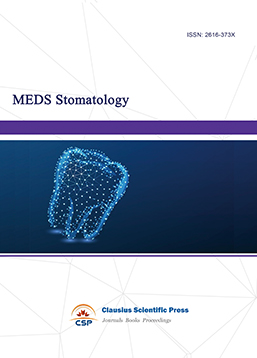
-
MEDS Public Health and Preventive Medicine
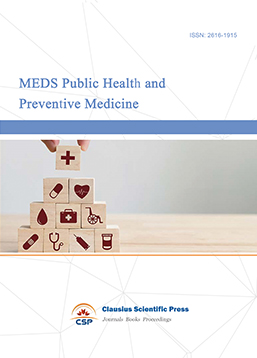
-
MEDS Chinese Medicine
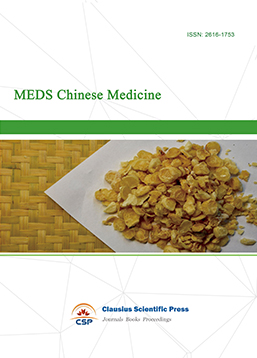
-
Journal of Enzyme Engineering
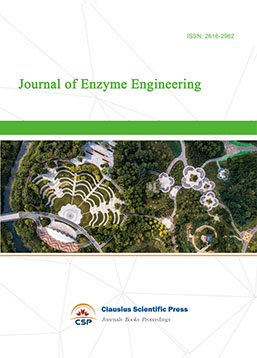
-
Advances in Industrial Pharmacy and Pharmaceutical Sciences
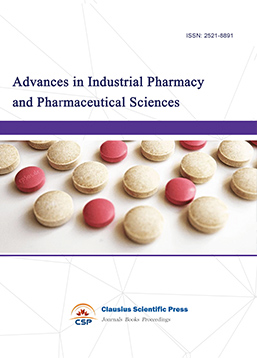
-
Bacteriology and Microbiology
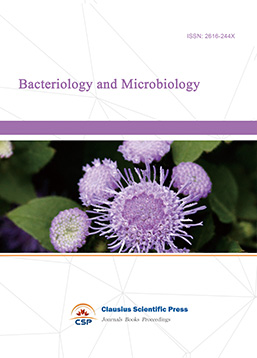
-
Advances in Physiology and Pathophysiology
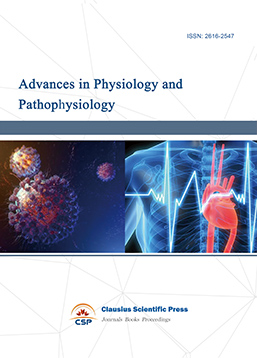
-
Journal of Vision and Ophthalmology
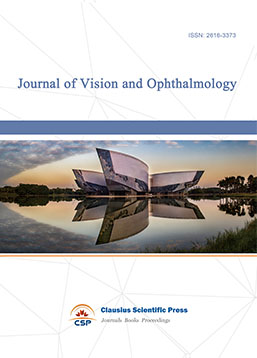
-
Frontiers of Obstetrics and Gynecology
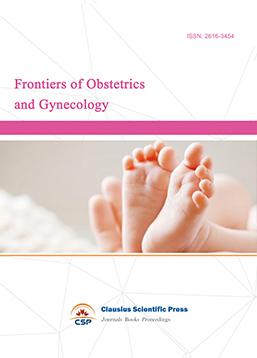
-
Digestive Disease and Diabetes
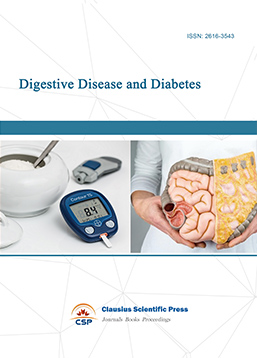
-
Advances in Immunology and Vaccines
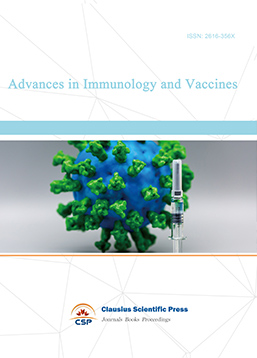
-
Nanomedicine and Drug Delivery
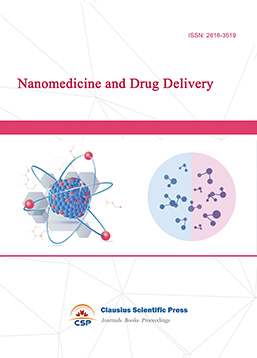
-
Cardiology and Vascular System
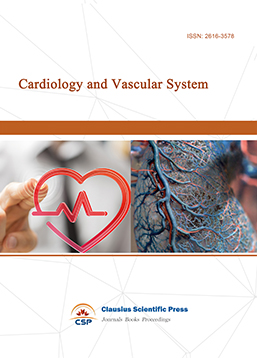
-
Pediatrics and Child Health
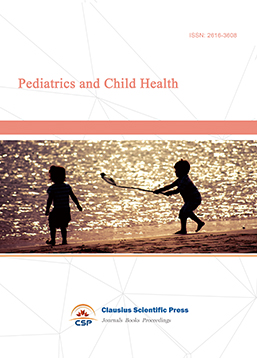
-
Journal of Reproductive Medicine and Contraception
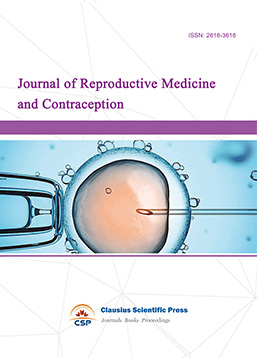
-
Journal of Respiratory and Lung Disease
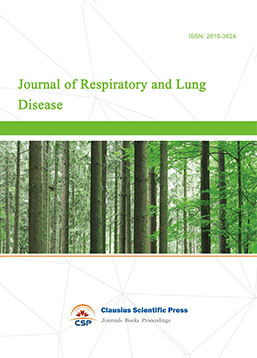
-
Journal of Bioinformatics and Biomedicine
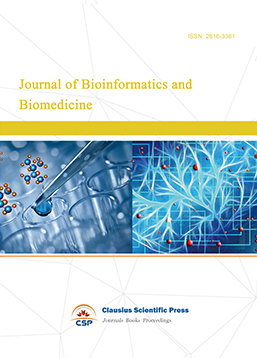

 Download as PDF
Download as PDF